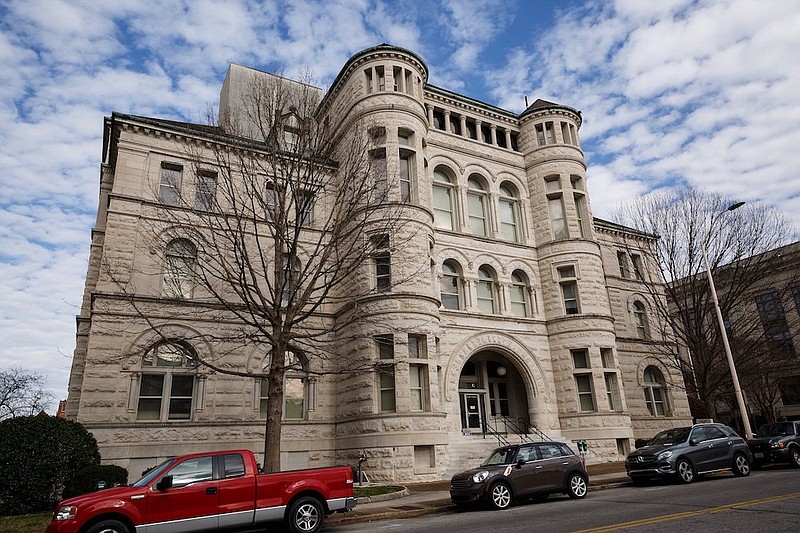The number of Chattanoogans going broke fell last year to the lowest level in nearly four decades as many debt-burdened households were aided by relief measures and lender forbearance in response to the economic challenges resulting from the COVID-19 pandemic.
Aided by historically low interest rates and assistance offered through the $1.9 trillion American Rescue Plan, approved by Democrats in Congress last year, filings in the Chattanooga division of the U.S. Bankruptcy Court dropped for the fourth consecutive year and declined nearly 28% from the previous year.
"The government assistance and foreclosure moratorium helped many people to stave off bankruptcy even during some challenging times," said Larry Ahern, a bankruptcy lawyer and retired professor of law at Vanderbilt University who previously practiced in Chattanooga. "The question is whether this decline will continue in 2022."
As the economy gains momentum with more borrowing, higher interest rates and fewer new government stimulus measures, bankruptcies could increase again this year.
"I don't have a crystal ball, but I think you will see a trend to more filings by this fall," said Eron Epstein, a bankruptcy attorney in Chattanooga for over four decades who has seen the number of bankruptcies ebb and flow through the years based upon changing economic and government conditions.
Highest bankruptcy states
The states with the highest per capita filing rates in 2021, measured in filings per 1,000 residents were:1. Alabama (3.13).2. Nevada (2.57).3. Tennessee (2.40).4. Indiana (2.17).5. Georgia (2.12).Source: American Bankruptcy Institute
Despite the drop in overall filings last year, Epstein said he saw a similar number of cases through his office. Ahern said bankruptcies remain more likely in states like Tennessee, Georgia and Alabama with nonjudicial foreclosure and wage garnishment laws that allow creditors to foreclose on homes or garnish wages without having to go to court.
Filing for bankruptcy allows debt-burdened consumers and businesses to get relief from their debts by either liquidating their assets in a Chapter 7 filing or reorganizing their finances with court protection under a Chapter 13 filing. Bankruptcies are often sought to avoid foreclosures and loss of homes or garnishing of wages to repay a debt.
The average nationwide per capita bankruptcy filing rate for the calendar year 2021 decreased nationwide to 1.29 filings per 1,000 people from the 1.71 rate during 2020. But households in Alabama and Tennessee, which are among the top three states for the highest per capita bankruptcy rate, were twice as likely as the U.S. average to seek court protection from debtors in bankruptcy court last year.
A moratorium on home foreclosures imposed during the pandemic was lifted last summer. But rising home values and low interest rates allowed many homeowners and homebuyers who were delinquent on their home loans to refinance their mortgages over the past couple of years to restructure their debt and often cut their monthly house payments.
According to data provided by Epiq, total filings nationwide fell from 529,106 in 2020 to 401,291 filings in 2021 - the lowest annual total since 1984. Total consumer filings dropped 24% to 378,952, while commercial filings among businesses fell by 31% to 22,339.
"The decrease in filings in 2021 is a reflection of the government relief programs, moratoriums, lender deferments and low interest rates intended to help families and businesses weather the economic challenges resulting from the COVID-19 pandemic," American Bankruptcy Institute Executive Director Amy Quackenboss said in a report on the 2021 filings. "Consumers and businesses are now facing the new year with less government relief, fewer lender deferments, rising inflation, worker shortages and supply chain challenges as the pandemic continues."
Contact Dave Flessner at dflessner@timesfreepress.com or 423-757-6340.
